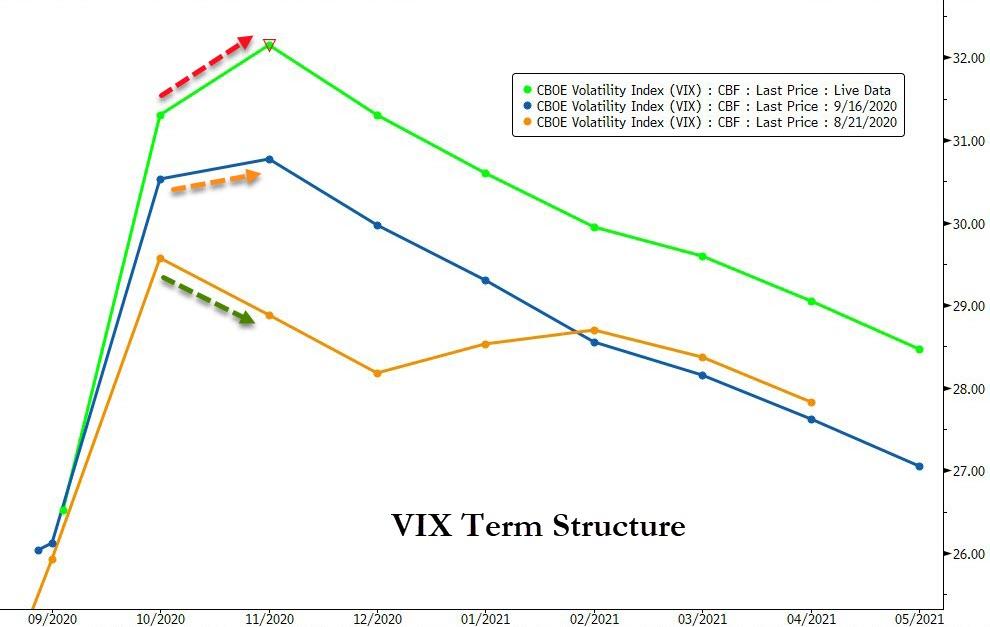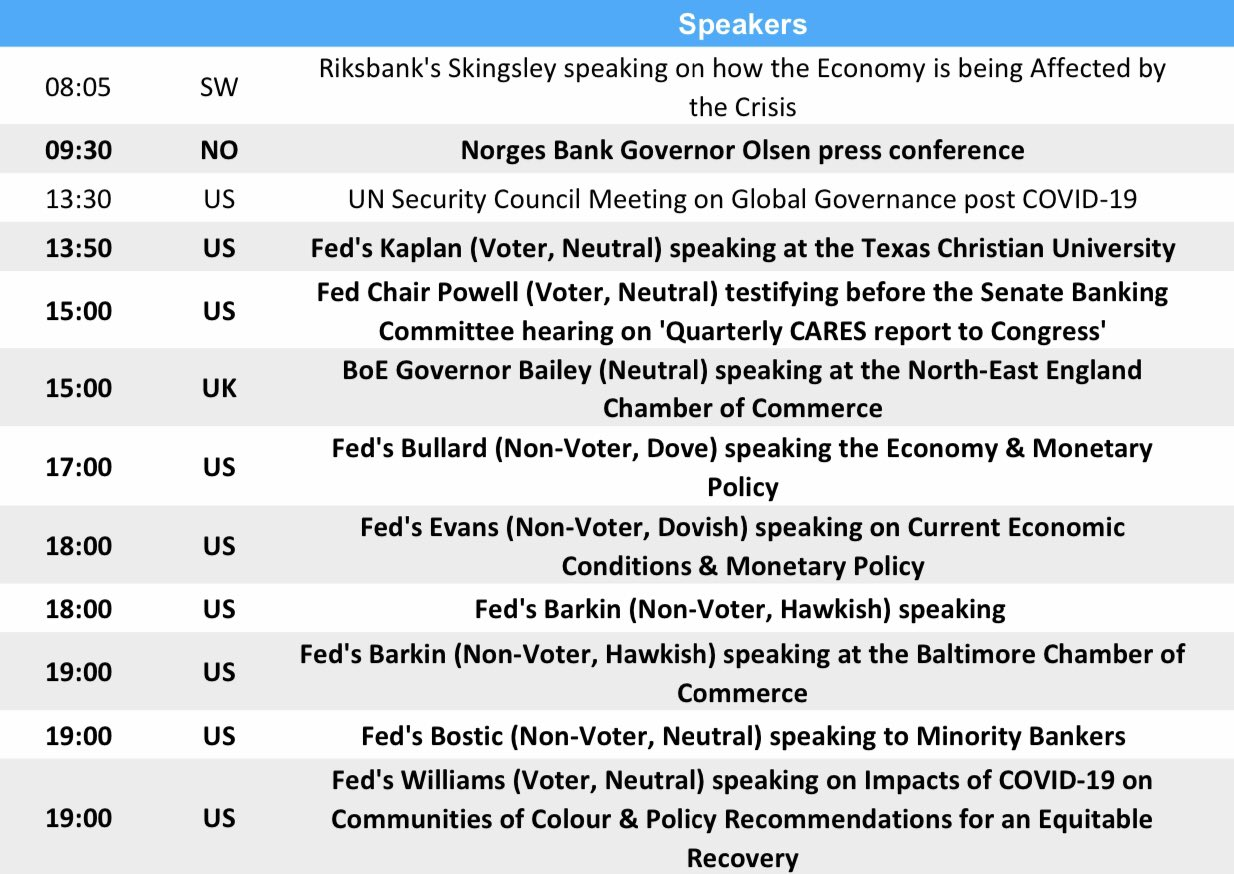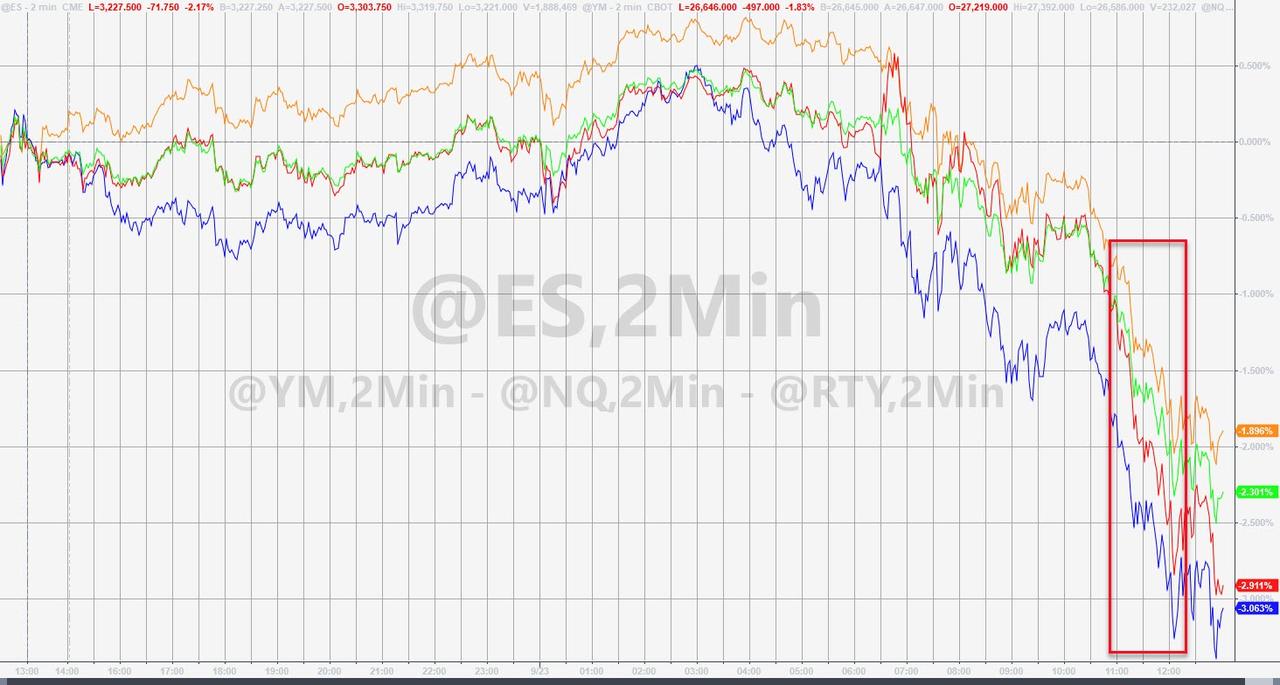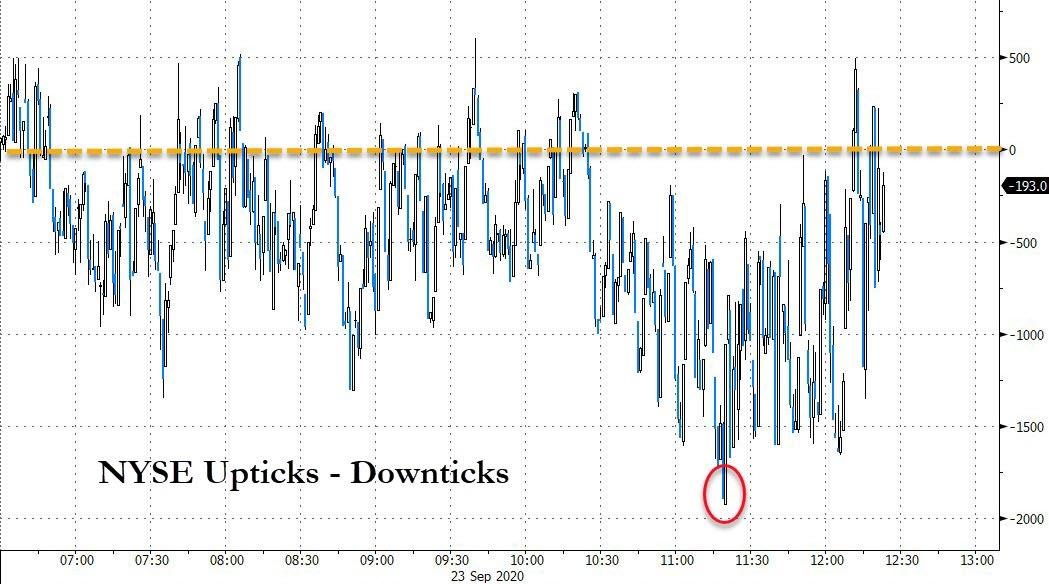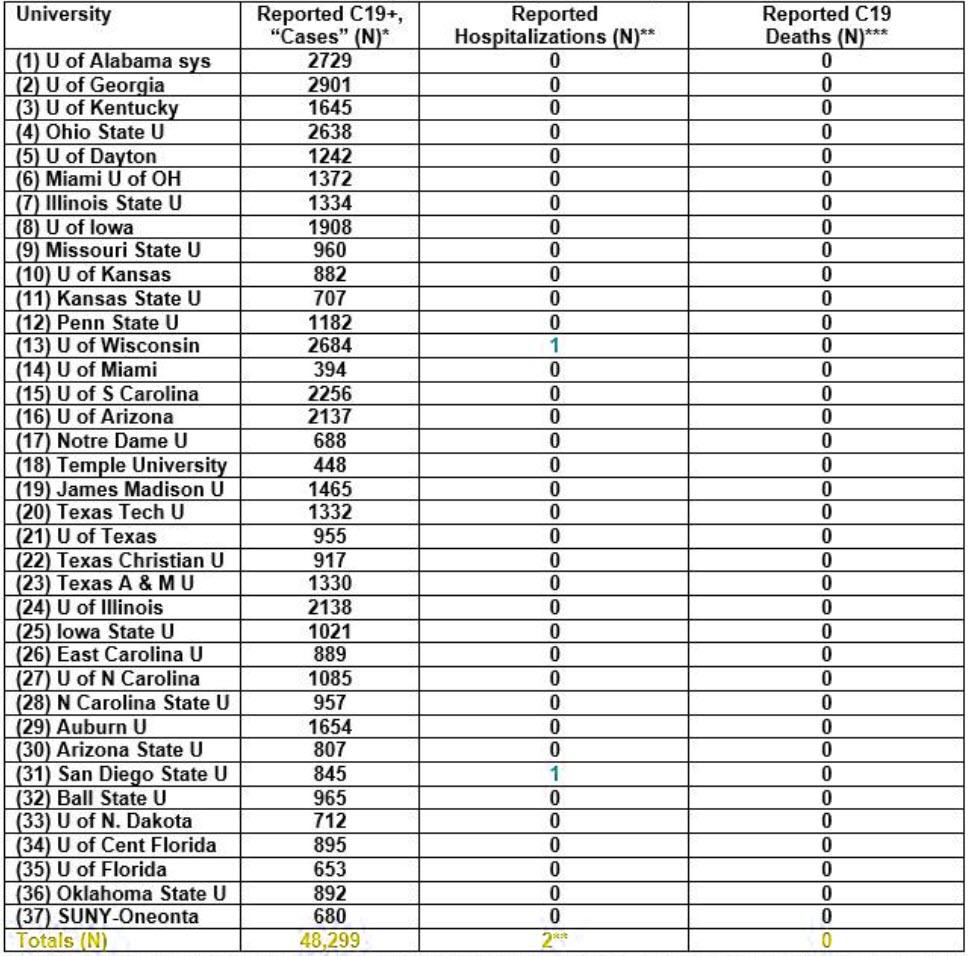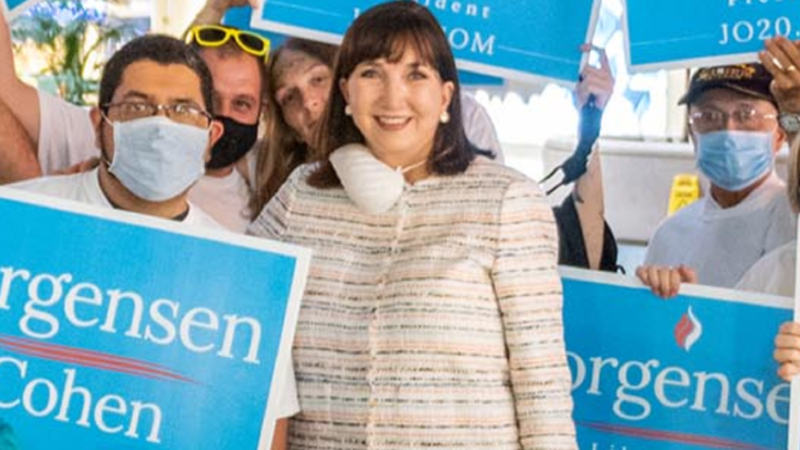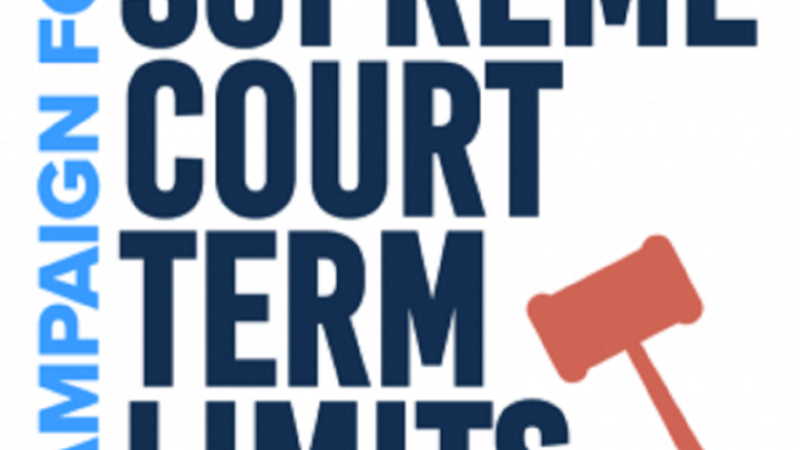
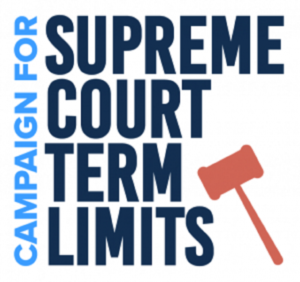
Recent and ongoing battles over Supreme Court nominations have increased interest in the possibility of limiting the terms of Supreme Court justices. This idea has long enjoyed widespread (though not universal) support from legal scholars on different sides of the political spectrum, such as Sanford Levinson on the left, and Steve Calabresi on the right. While there are different variations of the proposal, in most versions Supreme Court justices would be limited to non-renewable 18 year terms, as opposed to the life tenure they enjoy now. I am happy to support the idea, as well. It has a number of important advantages, including some that have been overlooked by advocates. But it is unlikely to to put an end to bitter confirmation battles and partisan conflict over the courts more generally.
Steve Calabresi enumerates the potential benefits of term limits in an excellent recent New York Times op ed:
Supreme Court justices often try to retire during the presidency of someone sympathetic to their jurisprudence. Of course, that doesn’t always work: Justice Scalia died after almost 30 years on the high court trying to wait out President Barack Obama, and Justice Ginsburg died after nearly 27 years trying to outlast President Trump.
Over all, though, strategic retirements give the justices too much power in picking their own successors, which can lead to a self-perpetuating oligarchy….
The unpredictable American system of life tenure has led to four presidents picking six or more justices and four presidents selecting none, as happened with Jimmy Carter. This gives some presidents too much influence on the Supreme Court and others too little.
It also leads to justices remaining on the Supreme Court when they are unable either physically or mentally to do the job…
The solution is for Republicans and Democrats to unite in supporting a constitutional amendment that fixes the size of the Supreme Court at its current nine justices, each of whom would serve an 18-year nonrenewable term, staggered so that one seat opens up during the first and third years of a president’s four-year term…..
Given the length of this term, longer than for judges on the high courts of any other constitutional democracy, the justices would be amply independent.
Presidents would no longer have the incentive to pick comparatively young nominees — say, someone 45 to 50 years of age — to project their influence decades into the future. Justices would lose their power to help pick successors who share their views by retiring strategically.
To this list, I would add another point: As life expectancy continues to increase (at least once the awful coronavirus pandemic ends), life-tenured justices could potentially serve for even longer than they do now. Imagine a world where people routinely live to the age of 100 or more, and retain their ability to work up until that age, or close to it. A justice appointed at the age of 45 or 50 (as is increasingly commonplace) could serve for fifty or sixty years or even longer. At some point, giving people largely unaccountable power for that long will rightly be seen as intolerable. Longer life expectancy is a great thing! But it interacts poorly with life tenure for positions of great power.
At the same time, unlike Calabresi, I doubt that term limits would “end what has become a poisonous process of picking a Supreme Court justice” or “depoliticize the court and judicial selection.” Even if justices serve for “only” 18 years, they will still have great power. And presidents will still have a strong incentive to appoint justices whose judicial philosophies align with his and his party’s priorities. For their part, senators will continue have strong incentives to oppose nominees whom they (and their party) see as ideologically inimical. We live in an era of intense partisan polarization, including divisions over many legal issues that are likely to come before the Supreme Court, including such matters as abortion, affirmative action, law enforcement powers, gun rights, and (at least in recent years) immigration. The gap between the way a conservative Republican justice and a liberal Democratic one will vote on these and other issues is predictably large (even if there will be a good many outlier cases).
So long as that polarization persists, I highly doubt it will be possible to return to the era of relatively noncontentious Supreme Court nominations. Conflict is likely to continue, particularly in situations where the Senate and the presidency are controlled by different parties.
Calabresi’s proposal includes a provision designed to force the president and the Senate to cooperate on nominations:
Failure to confirm a justice by July 1 of a president’s first or third year should lead to a salary and benefits freeze for the president and all 100 senators, and they should be confined together until a nominee has been approved. The vice president would act as president during this time and the Senate would be forbidden from taking action whatsoever on any of its calendars.
Like Jonathan Adler, I am skeptical that this “confinement” can be enforced. I also highly doubt that Congress would be willing to enact a constitutional amendment that included this punitive aspect.
Ilya Shapiro of the Cato Institute (who should not be confused with the present writer, but often is) offers some additional reasons why term limits are unlikely to end the partisan war over judicial appointments here.
Perhaps the biggest problem with term limits for SCOTUS justices is that they would be extremely hard to enact. In my view, that would require a constitutional amendment. That necessitates securing a massive supermajority: 2/3 of both houses of Congress, and 3/4 of state legislatures. While SCOTUS term limits have become more popular in recent years, I am doubtful that the idea has the level of support needed to pass. However, support might grow over time, especially if I am right about increased life expectancy creating a situation where justices routinely serve for fifty years or even longer.
In addition, there will be inevitable wrangling over how to deal with incumbent justices. If they get “grandfathered” in and allowed to serve for life, that means term limits will not have much effect for many years to come. If they are forced to accept limits themselves, the amendment is likely to be opposed by whichever party currently enjoys a majority on the Court.
Some scholars argue that term limits can be imposed by statute, without a constitutional amendment. They contend that life tenure in the Constitution simply requires that federal judges have some judicial position for life, not necessarily that of SCOTUS justice. Thus, Congress could enact a law under which, for example, justices are demoted to the lower courts after serving for 18 years (or for however long Congress dictates).
I think this argument is both wrong on the law, and would create dangerous incentives for Congress if it became widely accepted. It would have the same sorts of problems as the “rotation” proposal endorsed by Sen. Bernie Sanders during the Democratic primaries this year. I criticized that idea here:
Instead of adding new justices to the Court, [under the rotation plan] Congress could pass a law removing some of the current justices and transferring them to lower courts…. Then, the president can appoint new Supreme Court justices who will be more to his or her party’s liking….
It isn’t hard to see how this plan could easily lead to the same sort of spiraling dynamic as court packing. Imagine Sanders [or, now, Joe Biden] gets elected president in 2020 and—with the help of a Democratic Congress—sends Gorsuch and Kavanaugh to judicial purgatory. Perhaps they end up being consigned to a specially created federal court that considers weighty matters such as appeals of tickets issued to vehicles illegally parked on federal government property. Meanwhile, their Supreme Court seats get taken by newly appointed liberal justices….
How would the next GOP president and Congress respond? Most likely they would do the same thing to two (or more) liberal justices. Perhaps Elena Kagan and Sonia Sotomayor end up joining Gorsuch and Kavanaugh as parking ticket court judges. Meanwhile, two new conservative justices take their seats. Of course, the next Democratic president backed by a congressional majority would retaliate in kind, and so on….
These concerns apply with equal force to statutory term limits. If Congress can impose an 18 year term, they can also impose one that is 3 years or 6 years, and use that power to get rid of Supreme Court justices whose decisions they dislike. When the opposing party comes to power, they can make the terms still shorter, and thereby get rid of justices they dislike.
If Congress has broad authority to set judicial terms as they wish, they could even have asymmetric term lengths, so as to target justices they dislike for removal, while leaving others in place. For example, a Democratic Congress could enact a very short term limit that applies to justices confirmed in a year ending in 8, so as to eliminate Brett Kavanaugh (confirmed in 2018). Republicans could respond by targeting Democratic-appointed justices. And so on. Judicial review would thereby be neutered over time, as would also happen through repeated court-packing.
In sum, there is a great deal of merit to the idea of Supreme Court term limits. But it is far from a panacea for our problems, and would be very difficult to enact.
from Latest – Reason.com https://ift.tt/32UEAvS
via IFTTT



